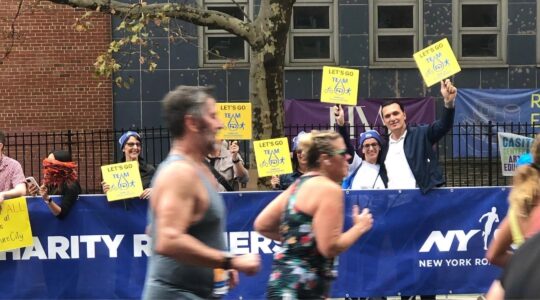The Jewish nominee to be U.S. attorney general used Holocaust imagery to repudiate a Justice Department memo that authorized torture.
“Soldiers of this country liberated concentration camps toward the end of World War II and at the end of World War II and photographed what they saw there as a record of the barbarism we oppose,” Michael Mukasey, a federal judge from New York, said Wednesday in his Senate confirmation hearings. “We didn’t do that so that we could then duplicate it ourselves.”
A 2002 memo by then-Assistant Attorney General Jay Bybee argued that the president had the authority to override laws banning torture. That memo was “was worse than a sin,” Mukasey said, “it was a mistake. It was unnecessary.”
Mukasey noted that the memo eventually was superseded by one that argued more narrowly that certain interrogation measures beyond those described in the Army field manual may be justified. Army field manual interrogation techniques hew strictly to international law.
Mukasey would not address reports that despite abandoning the Bybee memo, U.S. authorities were still using methods widely regarded as torture – for instance “waterboarding,” a practice that simulates drowning, and subjecting detainees to frigid temperatures.
He said he had not been apprised of the classified information that would confirm whether such techniques were used.
JTA has documented Jewish history in real-time for over a century. Keep our journalism strong by joining us in supporting independent, award-winning reporting.





